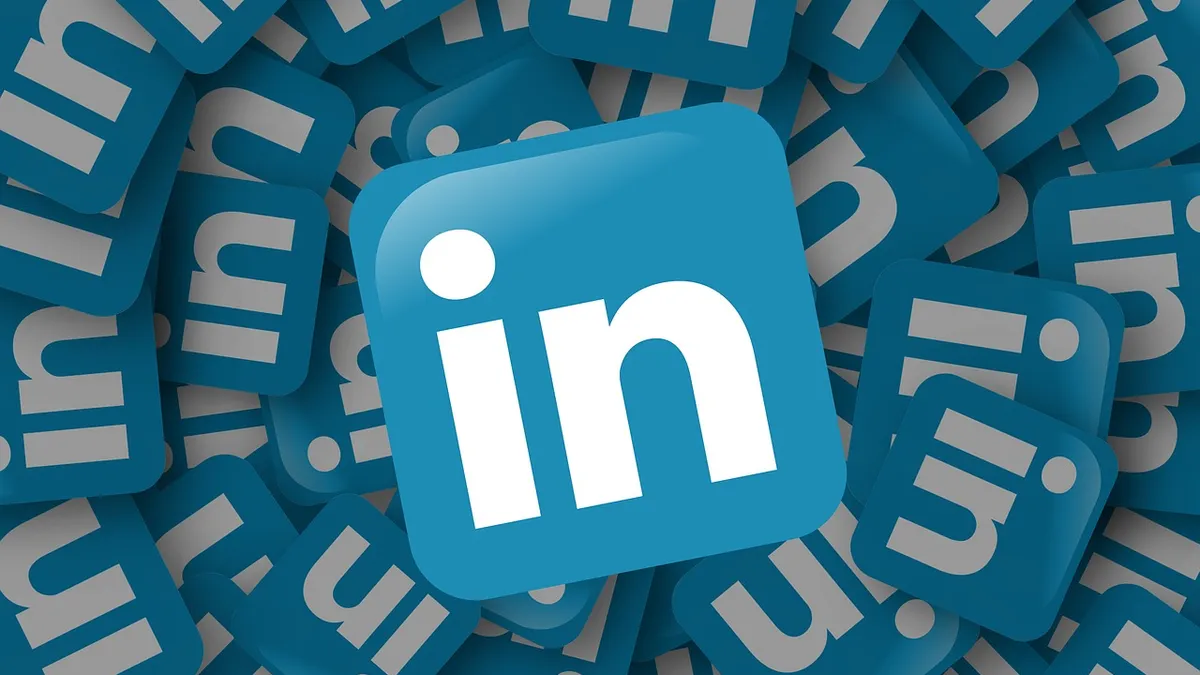There has been much excitement and debate about Microsoft's announced plan to acquire LinkedIn in a $26.2B deal. While the ink is drying on the contracts, many are asking: How will the deal affect social recruitment, and what's in store for the largest professional network in the world?
Understanding the reasons behind the purchase
In the official Microsoft press statement, LinkedIn's CEO, Jeff Weiner, said, "Just as we have changed the way the world connects to opportunity, this relationship with Microsoft, and the combination of their cloud and LinkedIn's network, now gives us a chance to also change the way the world works." Weiner plans to stay on board to lead LinkedIn through the transition, which is expected to last for the duration of 2016.
"What LinkedIn brings to the table is recruitment technology, training tools through Lynda, and big data about companies and individual professionals and their networks," according to Ruth Reader, who contributes to Fast Company. Microsoft is strategically building it's SaaS in the Cloud offerings.
John Brandon, contributor for Computer World, says that the purchase makes sense for two big reasons. First, Microsoft is shifting away from hardware development and putting its focus on mobile applications. What's one of the first apps that most people install on their smart phones and tablets? LinkedIn. Secondly, Brandon points out, "[LinkedIn] has become part of the fabric of business discussion." In summary, Brandon talks about LinkedIn's more tightly woven format as a place where business people can have real discussions and not be interrupted by other non-professional commentary. LinkedIn is sustainable, valuable, and a solid investment.
Microsoft got the better end of the deal here. First, the tech goliath gains access to 433 million users and an average annual revenue of $3B, that is according to Mark Willaman, Founder and CEO of HR Marketer. He points out that although currently LinkedIn generates 66% of it’s income from Talent Solutions ($588 million last year), the real motivation for Microsoft to purchase LinkedIn is for the data. Willaman also points out that Microsoft must sell LinkedIn to its current customer base, and sell more Microsoft products to LinkedIn users, harnessing the large amount of data it now has access to for future improvements and solutions.
What's in store for recruiters?
For the last 13 years, recruiters have increasingly relied on social networks like LinkedIn to connect with and build relationships with talent. By the time Talent Solutions was launched shortly thereafter, already thousands of recruiters were actively building talent communities and utilizing the advertisement space on LinkedIn as a core portion of their processes. Social recruiters who have invested much time and energy into this effort are now wondering what the future will bring.
Recruiters will gain access to even more valuable tools and resources
Microsoft has plenty of positive things in store for LinkedIn recruiters. In addition to its already winning mix of recruitment tools, advertisement space, and communication capabilities, Microsoft could use LinkedIn data to integrate a VoIP system, chat functionality, and more to enable recruiters to screen candidates better.
Recruiters will be introduced to more Microsoft tools
The future integration of LinkedIn with Microsoft products could enable recruiters to enjoy a singular platform for all their needs. This is especially important to compete against customer relationship management providers like Salesforce, as well as large HRIS providers. Independent and virtual recruiters will rejoice as more affordable recruitment tools will become available. Here are nine other ways Microsoft could leverage LinkedIn says Paul Ford, Founder of Post-Light who writes at Track Changes.
Recruiters will have access to a larger pool of candidates
During the transition period, LinkedIn will still operate as it does now, and therefore candidates will still use this as a primary place to to connect with hiring companies and peers. If anything, the reputation of Microsoft will encourage more users to sign up, get active on the network again, and contribute to LinkedIn's overall strengths.












